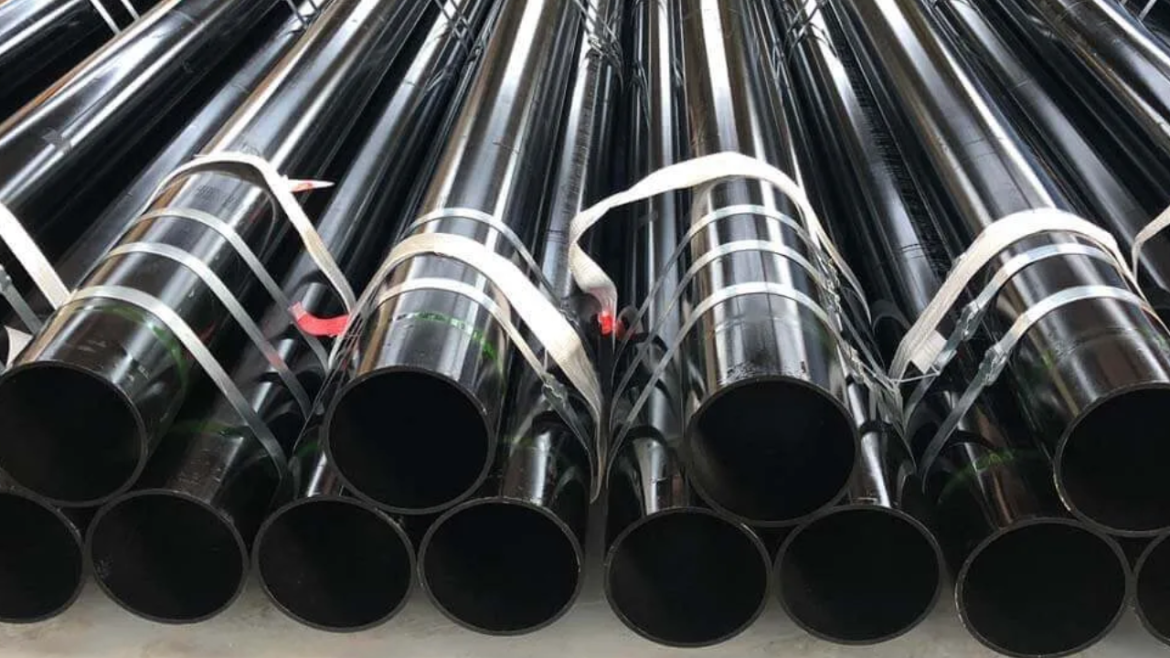ASTM A252 could be a determination that covers welded and consistent steel pipe heaps utilized in establishment development. The detail incorporates three gradesâGrade 1, Review 2, and Review 3 each advertising diverse mechanical properties, counting hardness. Understanding the contrasts in hardness among these grades is pivotal for selecting the fitting fabric for particular applications, as hardness impacts a pipeâ’s quality, strength, and reasonableness for different basic and natural conditions. This article digs into the Mechanical Properties of ASTM A252 Grade 2/Grade 3/Grade 1 hardness characteristics of ASTM A252 Grades 1, 2, and 3, investigating how these contrasts influence their execution and application.
Hardness Contrasts in ASTM A252 Pipe Heaps: Grades 1, 2, 3
Review 1 has the least hardness, reasonable for less requesting employment. Review 2 offers direct hardness, adjusting quality, and creation ease. Review 3 gives the most noteworthy hardness, perfect for overwhelming obligation and cruel situations.
1. Diagram of ASTM A252 Grades
ASTM A252 pipe heaps are categorized into three grades based on their mechanical properties, which incorporate abdicate quality, ductile quality, and hardness. Each review is outlined to meet particular necessities for distinctive applications. Review 1 pipe heaps offer the least level of hardness and quality, Review 2 gives direct hardness, and Review 3 has the most noteworthy hardness and quality among the three grades.
The hardness of a fabric could be a degree of its resistance to distortion, scraped area, and space. It is a basic property for deciding a material’s reasonableness for different auxiliary and natural conditions. In ASTM A252 pipe heaps, hardness is connected with quality, ductility, and in general execution, impacting their application in development and designing ventures.
2. Hardness Characteristics of ASTM A252 Review 1
ASTM A252 Review 1 pipe heaps have the least hardness among the three grades. The hardness of Review 1 channels regularly falls inside the run of 130 to 180 Brinell Hardness Number (BHN). This lower hardness is characteristic of a lower abdicate quality and ductile quality compared to Grades 2 and 3.
Review 1 pipe heaps are reasonable for applications where extraordinary hardness and strength are not required. Their moderately lower hardness makes them more pliable and less demanding to manufacture, which can be profitable in certain development scenarios. Be that as it may, their lower hardness moreover implies they may be less reasonable for exceedingly requesting situations or applications requiring predominant resistance to wear and affect.
3. Hardness Characteristics of ASTM A252 Review 2
ASTM A252 Review 2 pipe heaps offer direct hardness compared to Review 1. The hardness of Review 2 channels regularly ranges from 150 to 200 Brinell hardness number (BHN). This halfway hardness reflects an adjustment between quality and ductility, giving progressed execution over Review 1 while still permitting sensible ease of manufacture.
Review 2 pipe heaps are commonly utilized in an assortment of development applications, counting establishment bolster for buildings, bridges, and holding dividers. The expanded hardness of Review 2 channels makes them more suitable for situations where direct resistance to wear and affect is required. They offer way better stack bearing capacity and strength compared to Review 1, making them a flexible choice for numerous auxiliary applications.
4. Hardness Characteristics of ASTM A252 Review 3
ASTM A252 Review 3 pipe heaps show the most noteworthy hardness among the three grades, with hardness values ordinarily extending from 170 to 220 Brine ll Hardness Number (BHN). This higher hardness is related to expanded abdicate quality and pliable quality, making Review 3 pipe heaps reasonable for more requesting applications.
The prevalent hardness of Review 3 pipe heaps gives upgraded resistance to misshapen, wear, and affect, making them perfect for heavy-duty applications and cruel situations. They are commonly utilized in ventures requiring tall load-bearing capacity and solidness, such as seaward oil rigs, expansive bridges, and mechanical offices. The expanded hardness of Review 3 channels guarantees they can withstand critical stresses and antagonistic conditions, advertising long-term execution and unwavering quality.
5. Suggestions of Hardness Contrasts
The contrasts in hardness among ASTM A252 Grades 1, 2, and 3 have noteworthy suggestions for their application and execution. Hardness influences a pipe resistance to wear and affect, its stack bearing capacity, and its reasonableness for different natural conditions.
For ventures requiring tall quality and strength, Review 3 pipe heaps are favored due to their prevalent hardness and resistance to stretch. Review 2 pipe piles offer an adjustment between quality and fabricability, making them appropriate for the extent of development applications. Review 1 pipe heaps, with their lower hardness, are best suited for less requesting situations where extraordinary quality and strength are not basic.
Conclusion
The hardness of ASTM A252 pipe heaps shifts essentially among the three grades Review 1, Review 2, and Review 3 influencing their appropriateness for distinctive applications. Review 1 offers the most reduced hardness, making it reasonable for less requesting scenarios. Review 2 gives direct hardness, adjusting quality, and ease of creation. Review 3, with the most noteworthy hardness, is perfect for heavy-duty applications requiring prevalent quality and durability. Understanding the hardness characteristics of each review is pivotal for selecting the proper pipe heaps for particular ventures, guaranteeing they meet execution prerequisites and withstand natural stresses. By considering the hardness contrasts, engineers and development experts can make educated choices, optimizing the execution and life span of their structures.

